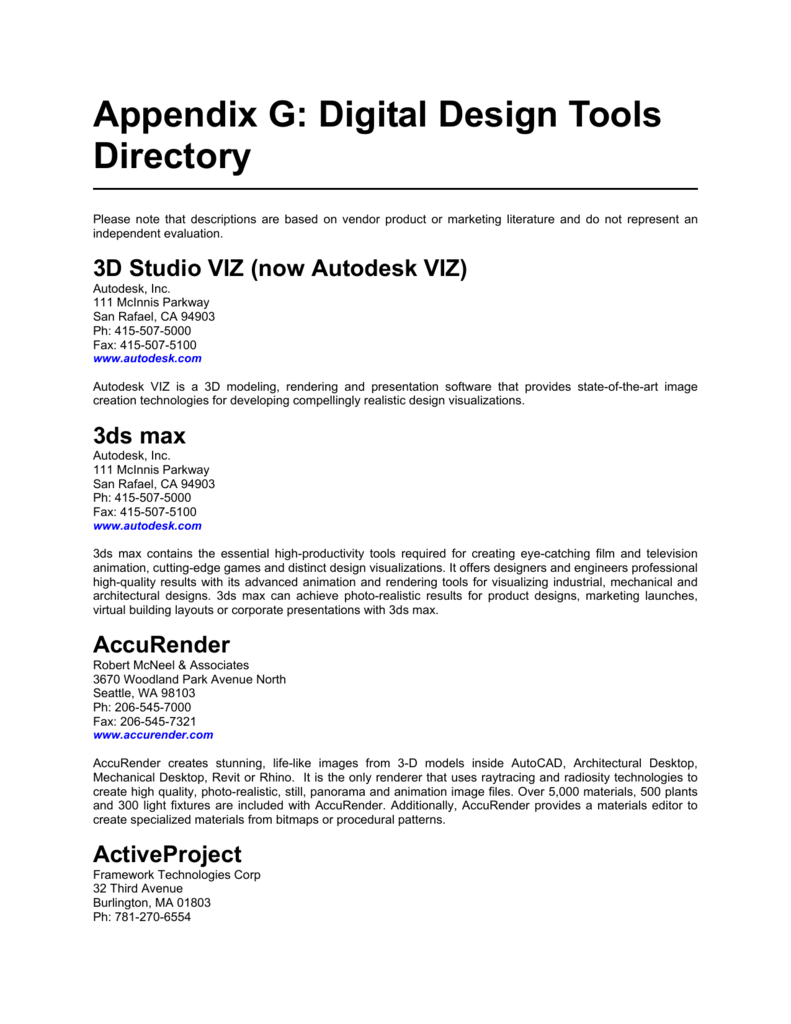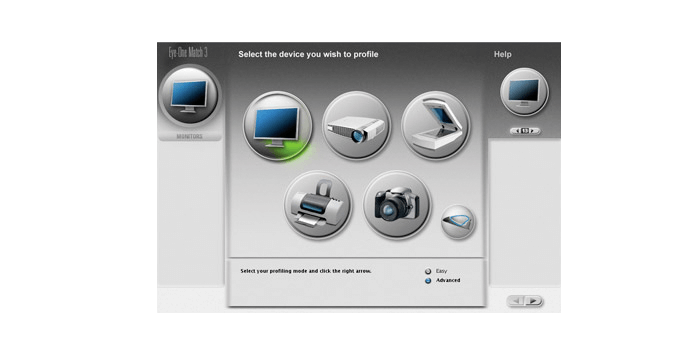11-3
- Gretagmacbeth Profilemaker 4.1 For Mac Os
- Gretagmacbeth Profilemaker 4.1 For Mac Operating System
- Gretagmacbeth Profilemaker 4.1 For Mac Catalina
- Gretagmacbeth Profilemaker 4.1 For Mac High Sierra
Figur 11-1: GretagMacBeth MiniColorChecker
Profiles were made for these monitors using GretagMacbeth ProfileMaker 4.1.1 software. The procedures to create and evaluate the quality of monitor profiles are schematically illustrated. The quality of monitor profiles is investigated. All tests were done on the Macintosh platform with Mac OS 10.2.3.
GretagMacbeth ([15]) offers Camera, a package consisting of a camera target and a software module called ProfileMaker 5. Camera is sold as a standalone package or as part of different Eye-One packages - e.g. Eye-One Photo. Gretag's Camera - supporting Windows as well as Mac OS - including a small (4 x 5 Inch) camera target MiniColor-Checker.
For serious camera profiling, however, you should consider ColorChecker SG, which may be ordered separately. It is larger, has many more patches and allows better profiles. It does come with a fierce price tag (around 300 US Dollars or Euro plus tax).
Figur 11-1: GretagMacBeth MiniColorChecker
11-3
Ol o
Ol c
Ol c
Ol c
1 Figure 11-2: Gretag MacBeth ColorChecker SG, an excellent camera target
1 Figure 11-2: Gretag MacBeth ColorChecker SG, an excellent camera target
- It also includes a USB cable. The padded case and the original CD. It will calibrate both CRT and LCD displays. This system works on Mac OS X up to 10.7 and Windows up to 7. There is an upgrade available from Xrite(that bought Gretag Macbeth) that is compatible with current versions of both Mac OS X and Windows. The upgrade is $799.
- Use ProfileMaker 4.1.5 profile editor!!! In reply to Andrew Curatola. Jul 11, 2003 make profiles just only witht the best kits around, like Gretagmacbeth Spectrolino and ProfileMaker 4.1.5, or get a Pro doing it for you.
Despite this, it is of excellent color quality, quite robust and the colors should not fade for a long time, even when used in bright light.
Gretagmacbeth Profilemaker 4.1 For Mac Os
The color patches show very little metamerism in varying lighting conditions.
To profile a camera using Eye-One Camera, follow these steps:
1. Take a picture of the target - we recommend ColorChecker SG - using the same lighting condition you use for a shooting session. Continue with your shooting and do the profiling before you process your images of that shooting session.
11-4
2. Convert your target image using standard settings with your RAW converter, then convert to a TIFF file. If you usually work with 16-bit TIFFs, convert the target image as a 16-bit TIFF, as well.
Gretagmacbeth Profilemaker 4.1 For Mac Operating System
3. Start ProfileMaker 5 and select Camera.
Ol CL
iil o
- Figure 11-3 ►: Starting dialog of ProfileMaker 5.0
4. From the drop-down list labelled Reference Data select the type of target used.
5. With the drop-down list Photographed Testchart selected, press Open. Navigate to the image of the target shot.
6. ProfileMaker will show the target image in a new window.

11-5
Figure 11-4: Target image that has to be cropped

11-5
OI TO
OI C
OI c
Figure 11-4: Target image that has to be cropped
Carefully crop it, using the mouse with a cross hair cursor and the E3. Better to crop a bit tight than to include white surrounding space. You may even crop into the target area, if the image shows a perspective view.
Compare your target image with the image of the reference target. If their orientation and pattern of patches are the same, proceed.

11-6
8. From the drop-down menu Photo Task select the type of picture you took, and then from the drop-down menu Light Source select the type of lighting condition used for shooting.
9. The Options found in the dialog box with Photo Task Options let you tweak your profile for special lighting and color conditions.
- Figure 11-5: Several options allow to adapt your camera profile to specific needs These should be used only if you have prior experience in profiling.
Clicking Start initiates the generation of the profile. You may see some messages, advising that the image is over- or underexposed. Ignore them.
11. Provide a descriptive name for the profile, naming the camera and lighting conditions, (e.g. Nikon-D70_Studi0_D50).
That's it! This profile may be used as a camera ICC profile with Ci or RSE or may be assigned to a converted image using Photoshop.
If your RAW converter does not support custom camera profiles, you should consider converting your RAW files without doing much color correction with the converter. Apply the generated profile to your converted TIFF or JPEG file using Photoshop:
11-7
1. Open the converted image with Photoshop, avoiding any profile conversion while opening.
2. Select Image ►Mode rAssign Profile from the menu (PS 9): EditrAssign Profile). From the drop-down menu of profiles, select the camera custom profile you generated using ProfileMaker for lighting conditions used for the shooting.
Gretagmacbeth Profilemaker 4.1 For Mac Catalina
- 1 Figure 11-6: Assign your camera profile in Photoshop
If you checked Preview in your Assign Profile dialog box, you will see the effect of the selected camera profile even before you click OK. Clicking OK will perform assignment of the camera profile.
Ol c
Ol c
Gretagmacbeth Profilemaker 4.1 For Mac High Sierra
Ol c
Was this article helpful?
